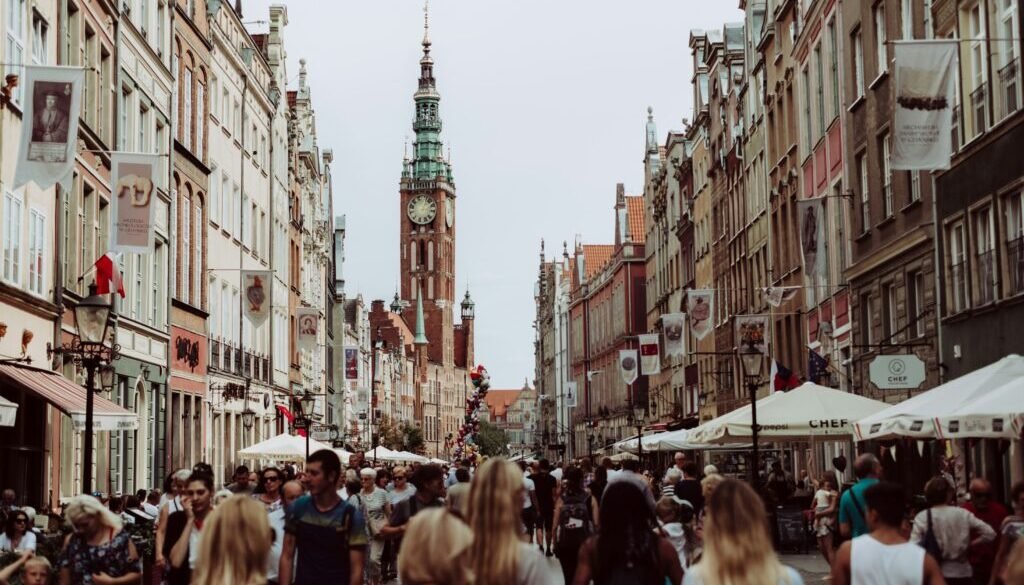Why Is Overtourism Becoming a Major Problem in Popular Destinations?
Overtourism is a growing concern that threatens the very essence of travel. In cities like Barcelona and Venice, the influx of tourists is not just overwhelming infrastructure but is also causing severe social, economic, and environmental issues. Barcelona, for instance, receives over 12 million visitors annually, while the local population is only around 1.6 million. This massive disparity leads to crowded streets, noise pollution, and a surge in housing costs, making it increasingly difficult for residents to live comfortably.
In Venice, the situation is even more alarming. The city welcomes around 25 million tourists each year, with only about 50,000 residents left in the historic center. This has led to a stark increase in short-term rentals, driving locals out of their homes. Additionally, Venice is grappling with environmental degradation as the constant flow of cruise ships and day-trippers erodes the fragile lagoon and accelerates the city’s sinking.
Environmental Consequences
The environmental impact of overtourism is profound. In 2019, before the pandemic slowed travel, the aviation industry alone accounted for about 2.5% of global CO2 emissions, with popular tourist destinations bearing the brunt of this pollution. In the Canary Islands, for example, the annual influx of over 10 million tourists is straining natural resources, leading to water shortages and loss of biodiversity.
Social and Economic Impact
The economic benefits of tourism are often offset by the social costs. In cities like Barcelona, locals have staged protests, carrying signs that read “Your tourism, our eviction,” highlighting the housing crisis exacerbated by platforms like Airbnb. Rents have skyrocketed, pushing out long-term residents in favor of short-term tourist accommodations. The Canary Islands, another tourist hotspot, reports that nearly 34% of the local population is at risk of poverty or social exclusion, a stark contrast to the luxury experiences marketed to visitors.
What Can We Do?
The solution to overtourism requires a multi-faceted approach. Travelers can opt for less crowded destinations, support sustainable tourism initiatives, and practice slow travel by spending more time in fewer places. Governments and local authorities are implementing measures such as tourism taxes, entry fees, and limits on short-term rentals to mitigate the effects. Venice, for instance, has introduced a €5 entry fee for day-trippers to help manage the crowd and fund conservation efforts.
Conclusion
Overtourism is not just a problem for the destinations; it’s a call to action for all of us who love to travel. By making conscious choices and supporting sustainable practices, we can help preserve the beauty and cultural heritage of the places we visit, ensuring that they remain vibrant for generations to come.



